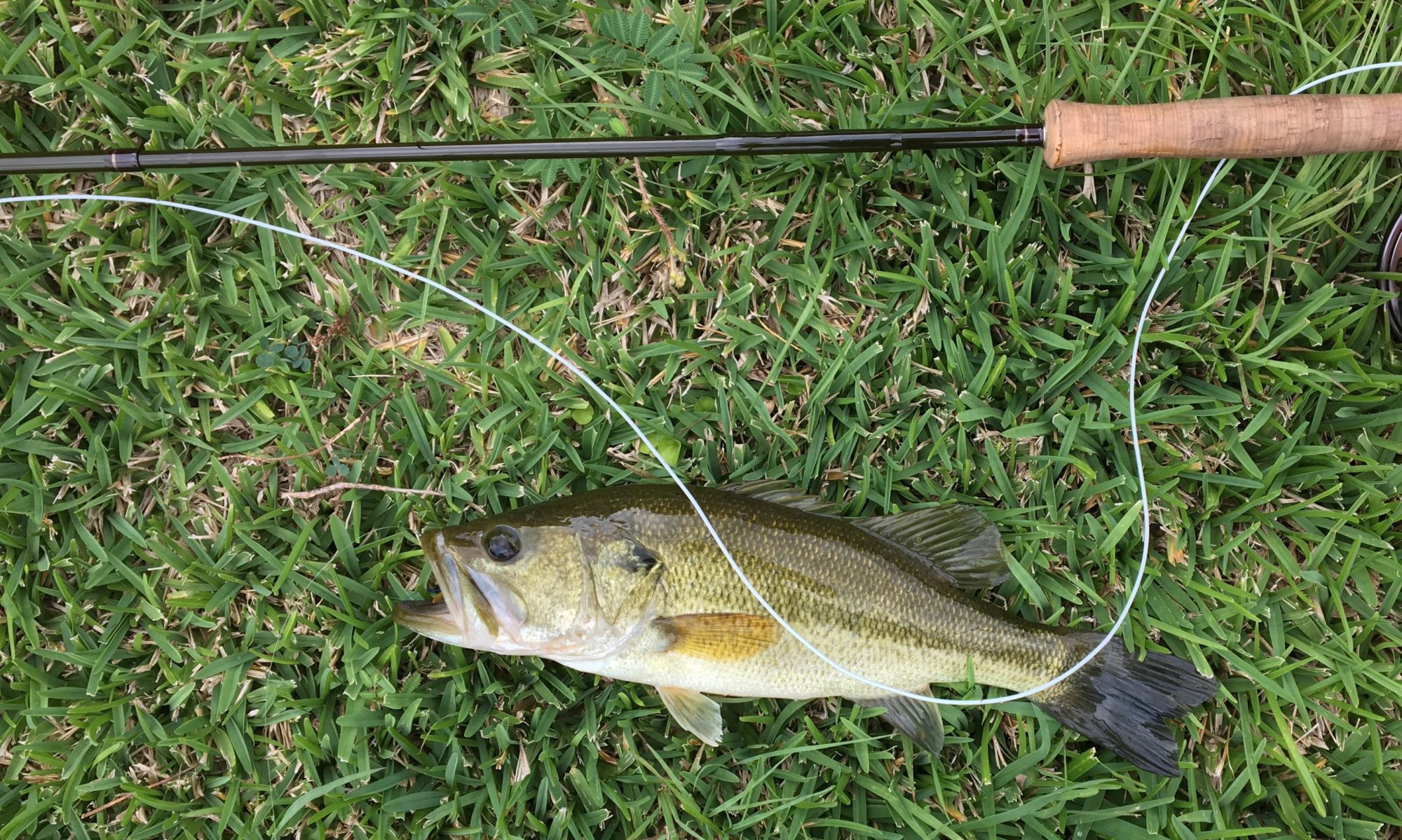I wrote about Delaware last March, because we’d planned a trip in May 2020 for the shad run. Who can forget May 2020? I also wrote about shad, which was why we were going to Delaware. When I wrote about Delaware, I wrote about how small and densely populated it is, and about how being first settled by Swedes gave me an excuse to post gratuitous photos of Bibi Andersson and Liv Ullman.

Photos of Bibi Andersson and Liv Ullman are never amiss.
For most of us, shad are not generally as attractive as Swedish actresses, but they are consistent. They run in the spring. Last year when we talked to Terry Peach at A Marblehead Flyfisher, he said you could usually time the Delaware shad run within a two-week collar surrounding Mother’s Day. Shad actually run all along the East Coast, not just in the colder climes, and they’ll run earlier in Florida than Delaware because of warmer water. We recently had dinner with our friends Deborah and Byron, and Deborah asked if I’d ever tried to bone a shad? Even South Carolina girls know the near impossibility of successfully boning shad. Texas boys do not, except as it’s told to us.
We didn’t make our planned trip last year because the Pandemic interfered. When I called Terry to tell him we weren’t coming, I thought he was disappointed in us–that’s what I inferred anyway–and for a year I’ve felt guilty about calling off that trip. Apparently I was imagining things, because he shut down guiding operations too. He’s guiding again, and he seemed happy to hear from me. Nice guy, and a great conversationalist.

Last year there were several things I meant to write about but never got around to. I have never been to Delaware, but Kris has. Kris practiced bankruptcy law, and one of our national peculiarities is that if you’re an American corporation, and haven’t yet moved your headquarters to the Lesser Antilles, you are likely incorporated in Delaware. Delaware figured out early that reducing burdens on corporations was a better long-term business plan than manufacturing steel, and more than 50 percent of publicly traded American corporations are incorporated in Delaware. Corporations are Delaware’s principal cash crop, and that’s probably why if you visit A Marblehead Flyfisher you pay no sales tax on your purchases.
Another principal (and related) Delaware crop is corporate bankruptcies. Usually it’s the debtor who files for bankruptcy, and it can choose where it files as long as it’s got some nexus with the venue. The Delaware bankruptcy courts are debtor friendly. Since corporate debtors are often incorporated in Delaware, or do business with a Delaware creditor, they choose to file in those warm and welcoming courts. I’d bet most corporate bankruptcy lawyers have visited Wilmington, and that it has nothing to do with the shad run.
For the Trump corporate bankruptcies, Mr. Trump apparently preferred the bankruptcy courts of New Jersey to Delaware. We’re not going to New Jersey, so I’ll post no gratuitous photos of President Trump.

Ok, I lied.
The second thing I meant to write about was crime. Fishing in Wilmington is urban fishing. I’ve done some urban fishing, mostly near our house on Braes Bayou, and even in safe neighborhoods it’s a relatively creepy thing to do–it’s not a dissimilar feeling from fishing in bear country. The first advice I remember reading about Wilmington urban fishing was this:
Be careful where you park your car.
Terry Peach says that we’ll fish in a Wilmington park, and that it doesn’t look all that urban. Still, Wilmington is, apparently, a sketchy urban environment, and not just because of all those corporate lawyers. NeighborhoodScout publishes a list of America’s 100 most dangerous cities, and they rank Wilmington 7th. One in 19 Wilmingtonians (Wilmingtoneers?) has been the victim of property crime. One in 62 Wilmingtonistas has been the victim of violent crime. It’s no wonder that the novel Fight Club was set in Wilmington. I’ve read Fight Club by the way, and after reading it I couldn’t bring myself to watch the movie. There’s no reason to beat up on myself.
As a comparison, Houston ranks 43rd in the list of dangerous cities, but by then it’s sharing rankings with cities like Wichita, Kansas, and Muskogee, Oklahoma. They don’t even smoke marijuana in Muskogee. At seventh, Wilmington ranks in the same tier as Detroit and Baltimore. I love Baltimore, but it’s a different level of sketchy from Muskogee.

Finally, since I wrote last March, a Wilmingtonite was elected President. I guess when I wrote then it hadn’t yet registered with me that Mr. Biden would be the Democratic nominee, though the South Carolina primary was a few weeks before I posted. I’ve been surprised by President Biden. He’s acted with dignity, consistency, and reserve. I know that kind of presidential misbehavior isn’t everyone’s cup of tea, and that there are some who will miss the last four year’s hijinks, but so far I haven’t missed daily trash fires at the White House.
When I asked Terry about President Biden, he said that he, Terry, doesn’t really talk politics, but that everybody in Wilmington knows Joe, and that it’s a good family. I love that compliment. Terry was so genuine, and it’s the kind of compliment you’d pay a small town neighbor, that whatever their issues, they’re good people. Terry did say that now whenever President Biden comes home his entourage ties up traffic. I would attest that when George H. W. Bush returned to Houston, the same thing happened here in Houston, but tied-up traffic is just a given for us, presidential entourage or no. How would we have been able to tell?

President Biden carried 58% of the vote in Delaware in 2020, though the Delaware county furthest south, Sussex, voted 55% for former-President Trump. President Biden must not spend enough time down South, though he did reach Georgia.































